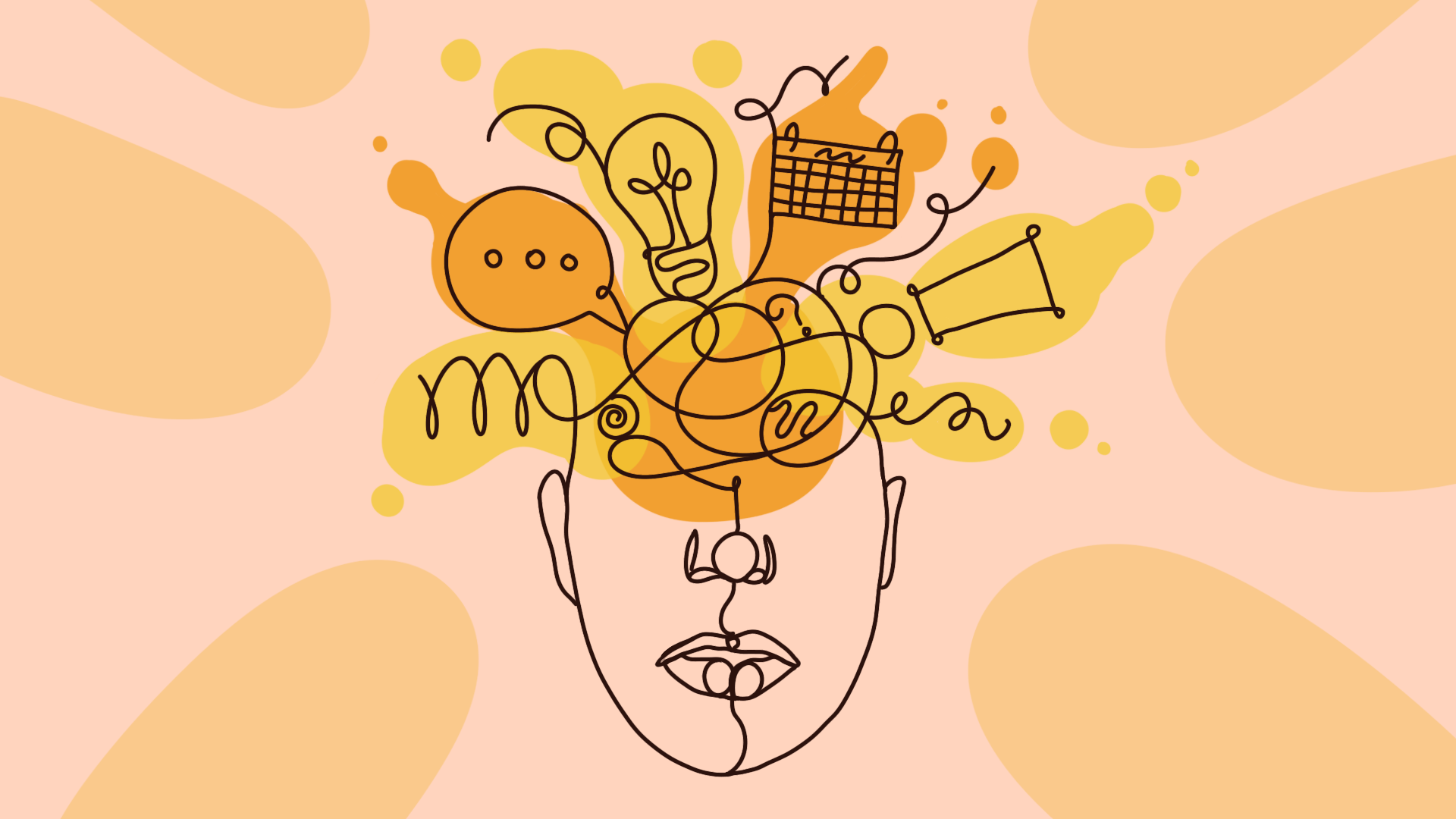Attention Deficit Hyperactivity Disorder (ADHD) is widely recognized for its core symptoms of inattention, hyperactivity, and impulsivity. However, another crucial aspect of ADHD that often complicates the disorder is emotional regulation. Emotional dysregulation, characterized by intense mood swings and difficulty managing emotions, is a significant but sometimes overlooked component of ADHD. This article explores the connection between ADHD and emotional regulation, detailing what we know about emotional dysregulation in ADHD, its impacts, and strategies for managing mood swings effectively.
Understanding Emotional Dysregulation in ADHD
1. The Nature of Emotional Dysregulation
Emotional dysregulation in ADHD refers to difficulties in managing and responding to emotions in a manner that is socially and contextually appropriate. Individuals with ADHD often experience intense emotions and may have trouble modulating their responses. This can manifest as rapid mood swings, frustration, irritability, or outbursts of anger.
Emotional dysregulation is not simply an external display of mood swings but involves difficulties in the internal processes of emotion regulation. This includes challenges in recognizing, understanding, and managing one’s emotions. Research suggests that emotional dysregulation in ADHD symptoms may arise from deficits in executive functions, such as impulse control and working memory, which are also impacted in ADHD.
2. Neurobiological Underpinnings
The neurobiological basis of emotional dysregulation in ADHD involves several brain regions, including the prefrontal cortex, amygdala, and ventral striatum. The prefrontal cortex, responsible for executive functions and emotional control, is often underactive in individuals with ADHD. This underactivity can impair their ability to regulate emotions effectively.
The amygdala, a key player in emotional processing and response, may be hyperactive in ADHD, leading to heightened emotional reactivity. Additionally, the interaction between the prefrontal cortex and the amygdala can be disrupted, contributing to difficulties in managing emotions.
Neuroimaging studies have shown that individuals with ADHD often exhibit altered connectivity patterns between these brain regions, which may contribute to their emotional dysregulation. These findings highlight the importance of understanding the neurobiological basis of emotional dysregulation to develop more effective interventions.
3. Impact on Daily Life
Emotional dysregulation can have a profound impact on various aspects of life for individuals with ADHD. In personal relationships, intense mood swings and emotional outbursts can lead to conflicts and misunderstandings. In academic or work settings, difficulties in managing emotions can affect performance, productivity, and interpersonal interactions.
Children with ADHD may experience challenges in social interactions due to their emotional instability, which can lead to peer rejection or bullying. Adolescents and adults with ADHD may face difficulties in maintaining relationships, handling stress, and achieving personal and professional goals.
Furthermore, emotional dysregulation in ADHD is often associated with comorbid conditions such as anxiety and depression. The overlap between ADHD and these conditions can exacerbate emotional difficulties, creating a complex interplay that requires careful management.
Strategies for Managing Mood Swings in ADHD
1. Behavioral Interventions
Behavioral interventions are a cornerstone of managing emotional dysregulation in ADHD. These interventions focus on teaching individuals strategies to recognize and manage their emotions. Techniques such as cognitive-behavioral therapy (CBT) can be particularly effective.
CBT helps individuals identify negative thought patterns and develop coping strategies for managing emotional responses. For instance, CBT can teach skills such as cognitive restructuring, where individuals learn to challenge and reframe negative thoughts that contribute to emotional dysregulation.
Additionally, behavioral interventions often include components like self-monitoring and goal setting. Self-monitoring involves tracking emotional states and triggers, which can increase awareness and help individuals develop more effective coping strategies. Goal setting helps individuals focus on specific, achievable objectives related to emotional regulation and provides a sense of accomplishment as progress is made.
2. Mindfulness and Relaxation Techniques
Mindfulness and relaxation techniques can be valuable tools for managing mood swings and emotional dysregulation in ADHD. Mindfulness involves paying attention to the present moment without judgment, which can help individuals become more aware of their emotional states and responses.
Techniques such as deep breathing, progressive muscle relaxation, and mindfulness meditation can help reduce physiological arousal and promote emotional stability. Regular practice of mindfulness can lead to improvements in emotional regulation by increasing self-awareness and reducing reactivity to emotional triggers.
Incorporating mindfulness practices into daily routines can be beneficial. For example, taking a few minutes each day to practice deep breathing or mindfulness meditation can help individuals manage stress and improve emotional regulation over time.
3. Parent Training and Family Support
For children with ADHD, parent training and family support are essential components of managing emotional dysregulation. Parents can benefit from learning strategies to support their child’s emotional regulation, such as consistent discipline, positive reinforcement, and effective communication.
Parent training programs often focus on helping parents develop skills to manage their child’s behavior and emotions. These programs may include techniques for setting clear expectations, using rewards and consequences effectively, and teaching problem-solving skills.
Family support is also crucial in creating a positive environment for individuals with ADHD. Encouraging open communication, providing emotional support, and fostering a sense of understanding and empathy can help reduce the impact of emotional dysregulation on family dynamics.
4. Medication Management
Medication can be an important component of managing ADHD and its associated emotional dysregulation. Stimulant medications, such as methylphenidate and amphetamines, are commonly used to treat ADHD and can help improve attention and impulse control.
While stimulants primarily target core ADHD symptoms, they can also have an indirect effect on emotional regulation by reducing impulsivity and improving executive function. For some individuals, this reduction in core symptoms can lead to more stable emotional responses.
Non-stimulant medications, such as atomoxetine and guanfacine, may also be prescribed to address ADHD symptoms and emotional dysregulation. Atomoxetine, a selective norepinephrine reuptake inhibitor, has been shown to improve emotional regulation in some individuals with ADHD.
Medication management should be closely monitored by a healthcare professional to ensure that it is effective and to manage any potential side effects. A comprehensive treatment plan often involves a combination of medication, behavioral interventions, and support strategies.
5. Developing Coping Skills
Developing coping skills is essential for managing mood swings and emotional dysregulation in ADHD symptoms. Coping skills can help individuals handle stressful situations, manage emotional responses, and improve overall emotional resilience.
Techniques for developing coping skills include problem-solving, emotional expression, and self-care. Problem-solving involves identifying solutions to challenges that trigger emotional responses, while emotional expression involves finding healthy ways to express and process emotions. Self-care practices, such as maintaining a healthy lifestyle, getting adequate sleep, and engaging in enjoyable activities, can also support emotional well-being.
Building coping skills often involves practicing these techniques regularly and integrating them into daily routines. Support from mental health professionals, family members, and educators can also play a key role in helping individuals develop and utilize coping skills effectively.
Conclusion
Emotional dysregulation is a significant aspect of ADHD that can impact various areas of life, including personal relationships, academic or work performance, and overall well-being. Understanding the connection between ADHD and emotional dysregulation is crucial for developing effective management strategies.
Recent research highlights the neurobiological underpinnings of emotional dysregulation in ADHD, revealing the role of brain regions involved in emotional processing and regulation. Behavioral interventions, mindfulness and relaxation techniques, parent training, medication management, and coping skills development are all important components of managing mood swings and emotional dysregulation in ADHD.
By addressing emotional dysregulation through a comprehensive and individualized approach, individuals with ADHD can improve their emotional stability, enhance their quality of life, and achieve greater success in their personal and professional endeavors. Ongoing research and clinical practice continue to advance our understanding of emotional dysregulation in ADHD, paving the way for more effective and tailored interventions.




